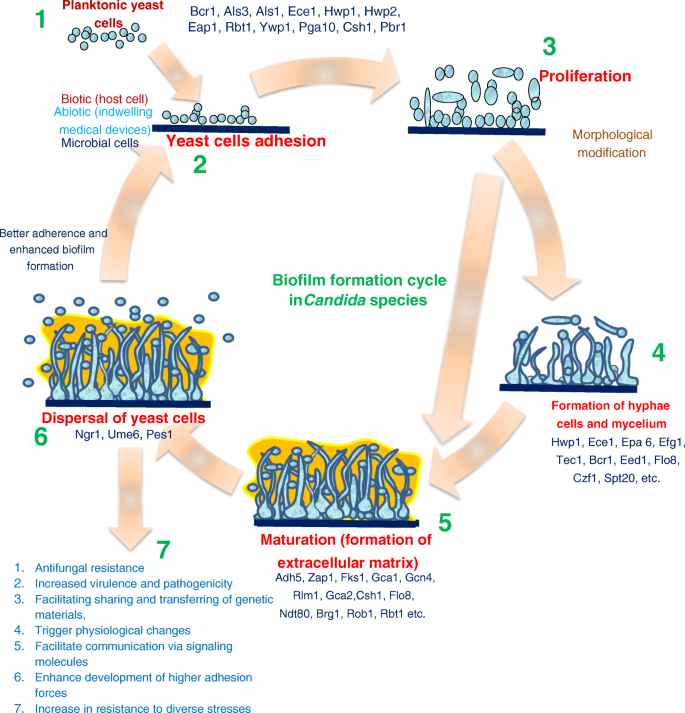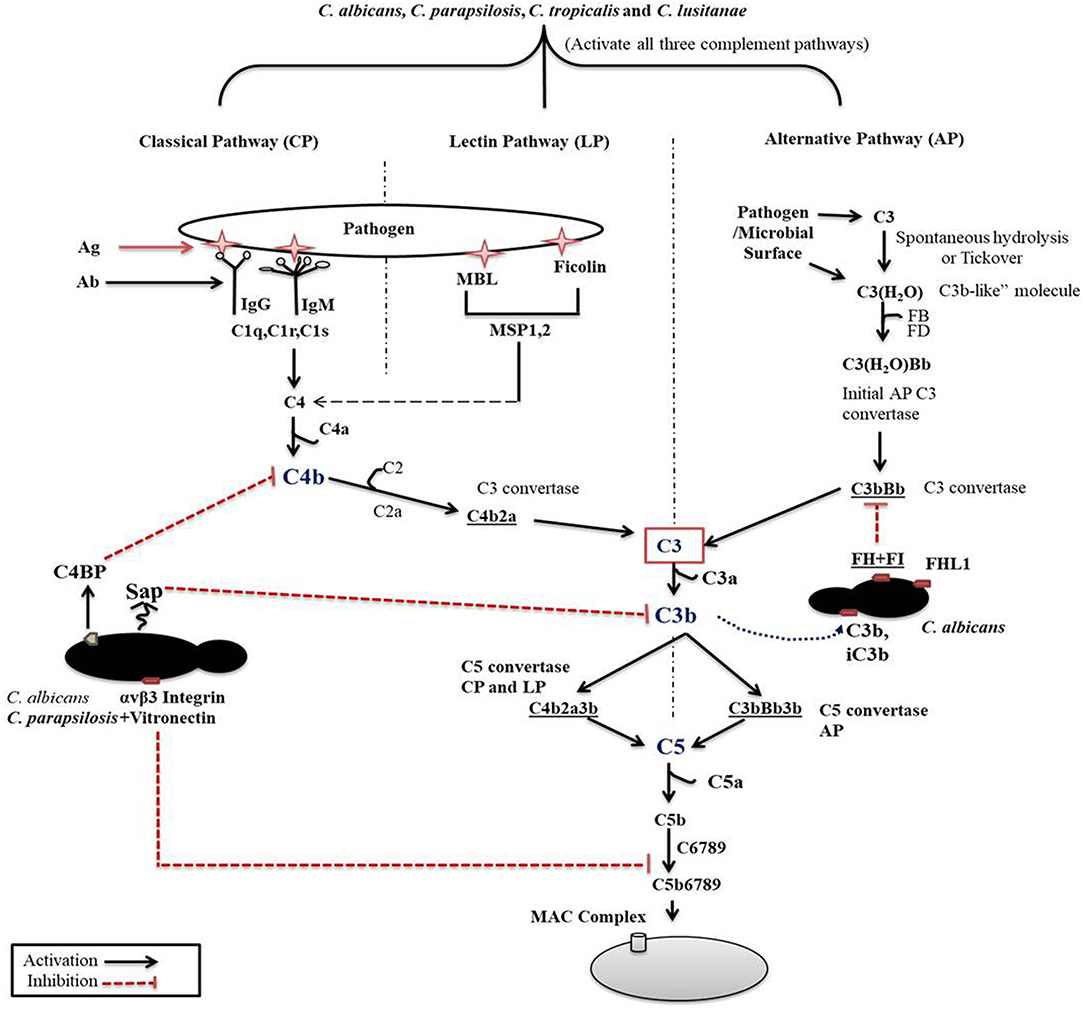
Comparative Transcript Profiling of Candida albicans and Candida dubliniensis Identifies SFL2, a C. albicans Gene Required for Virulence in a Reconstituted Epithelial Infection Model | Eukaryotic Cell
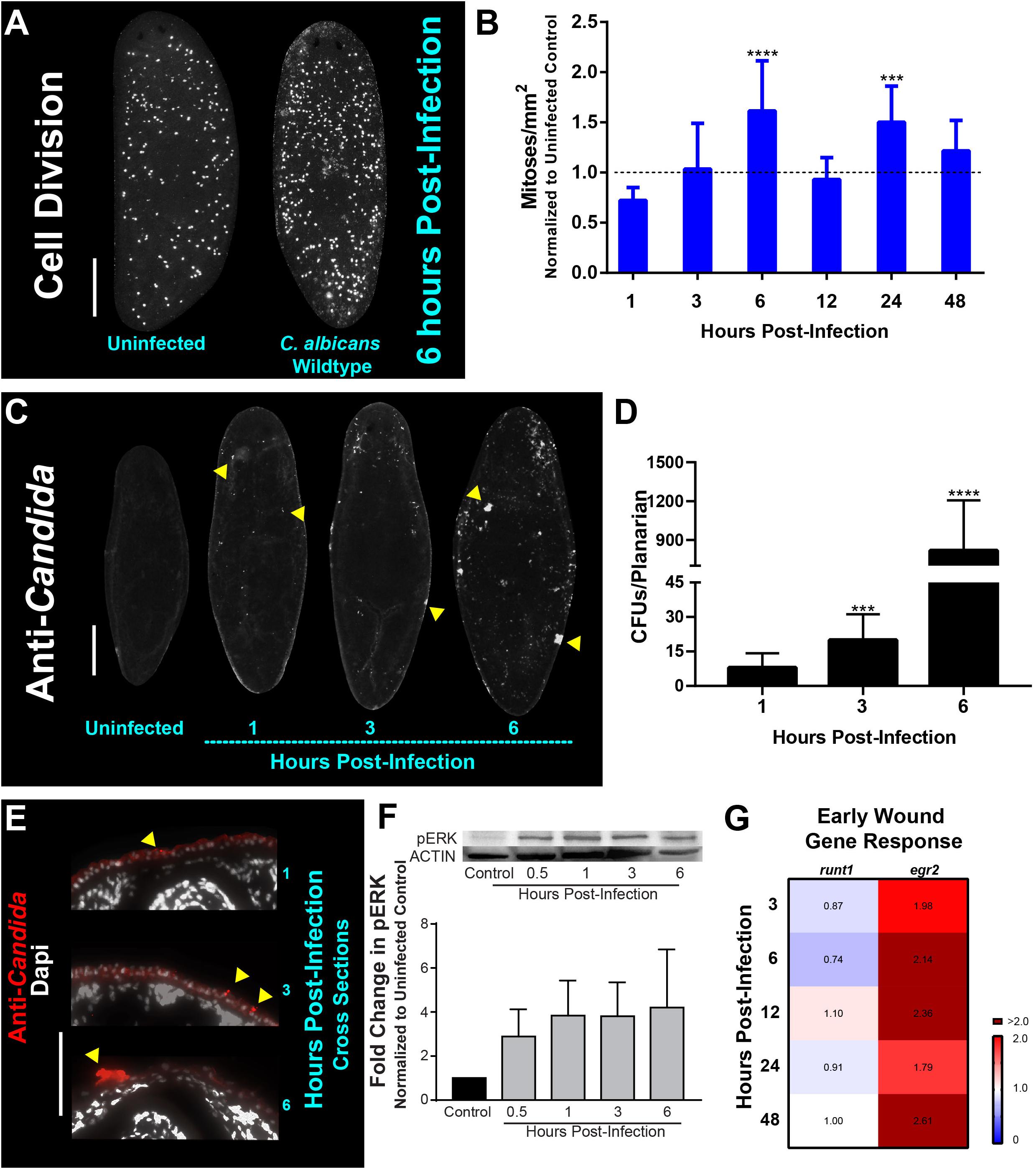
Frontiers | Epithelial Infection With Candida albicans Elicits a Multi-System Response in Planarians
From Attachment to Damage: Defined Genes of Candida albicans Mediate Adhesion, Invasion and Damage during Interaction with Oral Epithelial Cells | PLOS ONE

Candida albicans elicits protective allergic responses via platelet mediated T helper 2 and T helper 17 cell polarization - ScienceDirect
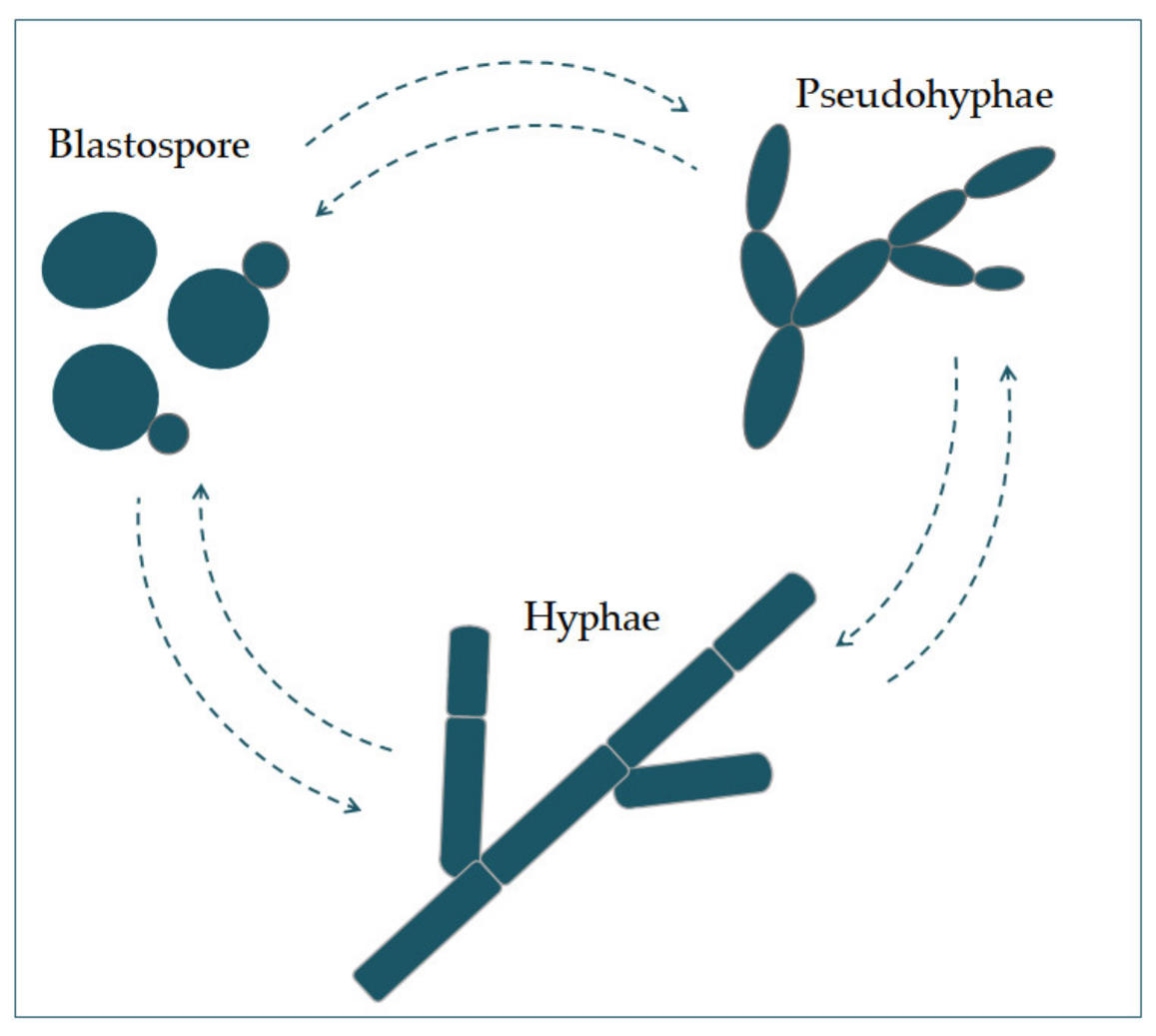
JoF | Free Full-Text | Candida albicans—The Virulence Factors and Clinical Manifestations of Infection
Adapting to survive: How Candida overcomes host-imposed constraints during human colonization | PLOS Pathogens
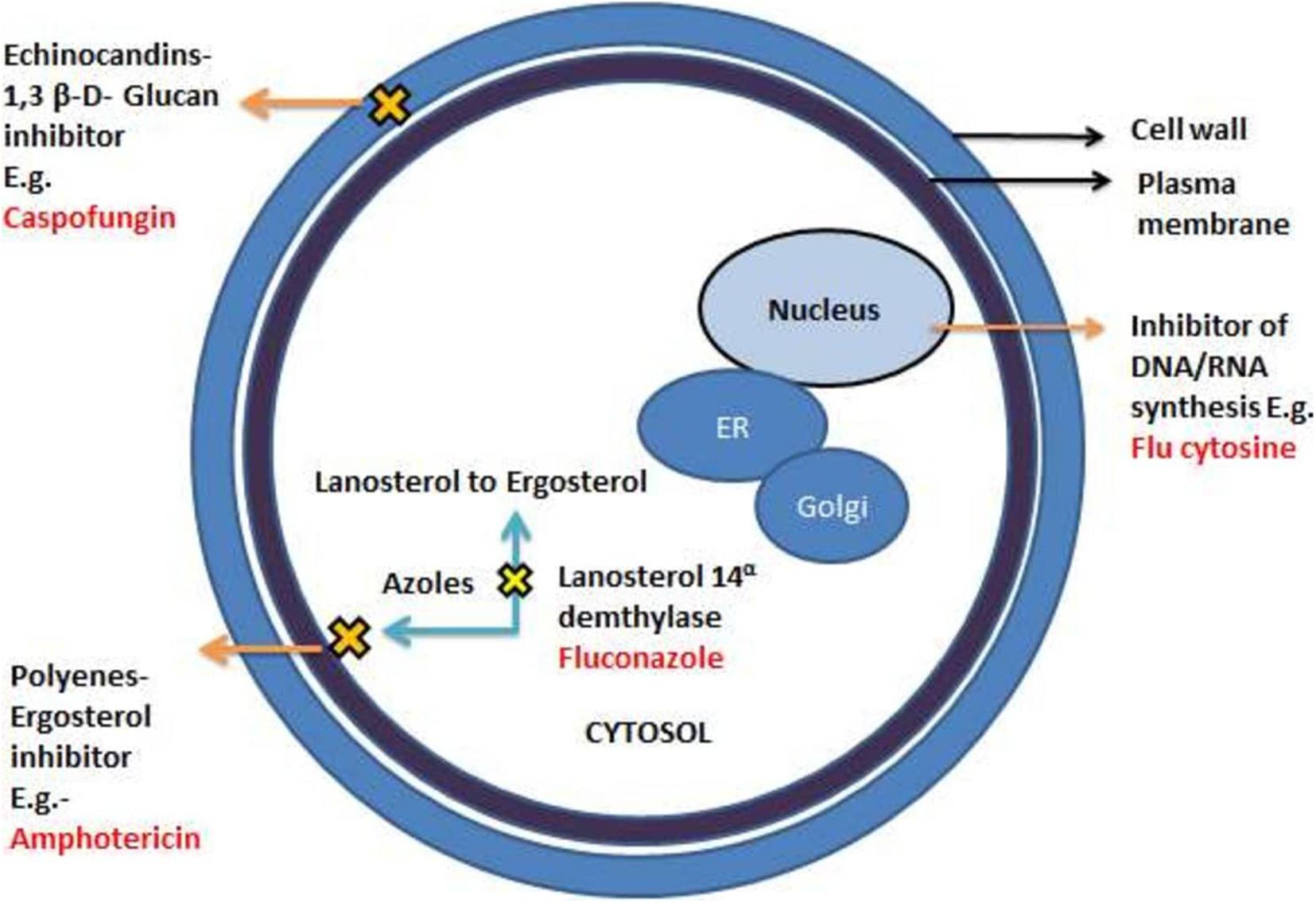
Frontiers | Mechanistic Understanding of Candida albicans Biofilm Formation and Approaches for Its Inhibition
Adapting to survive: How Candida overcomes host-imposed constraints during human colonization | PLOS Pathogens

PDF) Evaluation of the Role of Candida albicans Agglutinin-Like Sequence (Als) Proteins in Human Oral Epithelial Cell Interactions
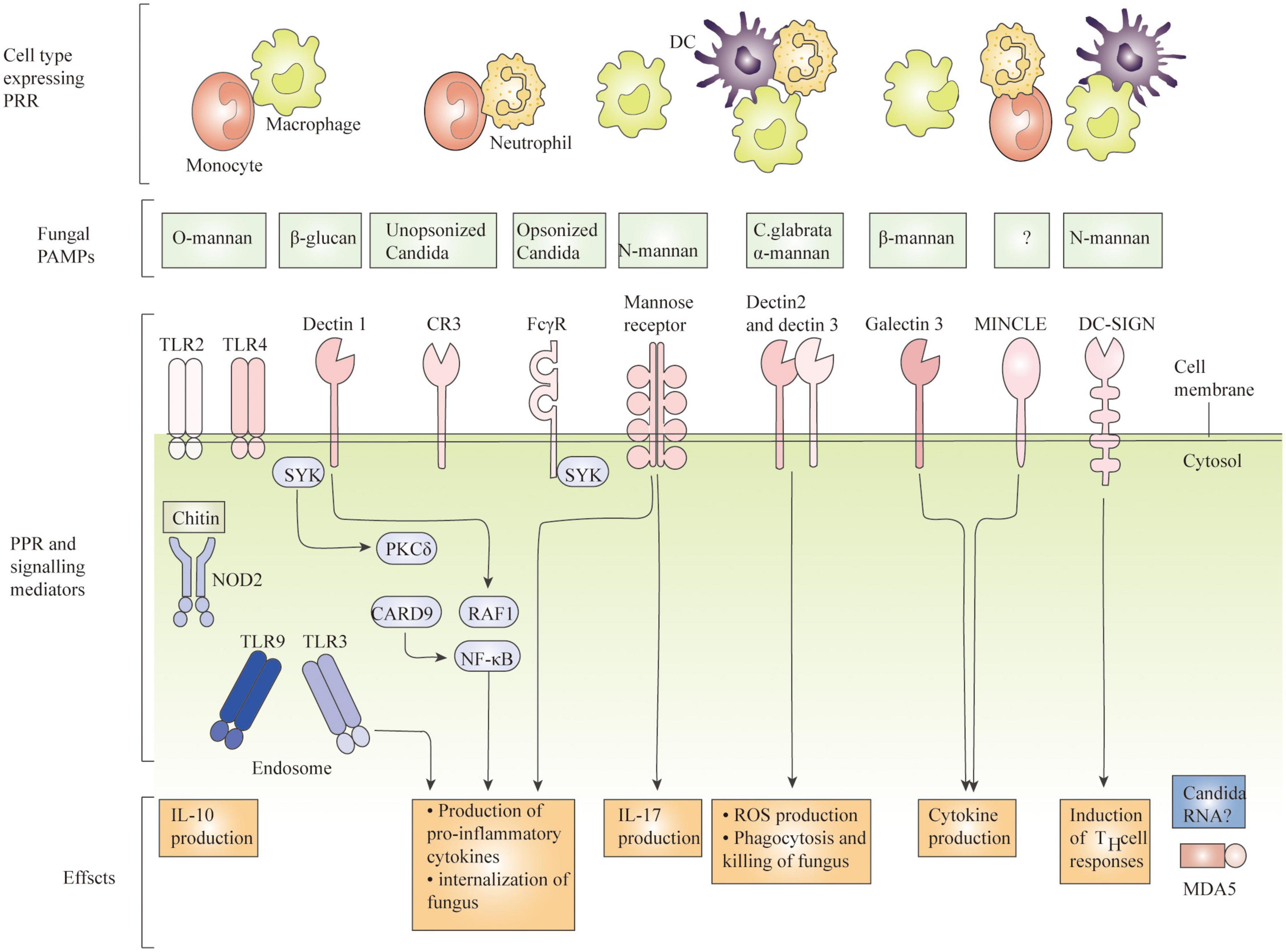
Frontiers | The advances in the regulation of immune microenvironment by Candida albicans and macrophage cross-talk
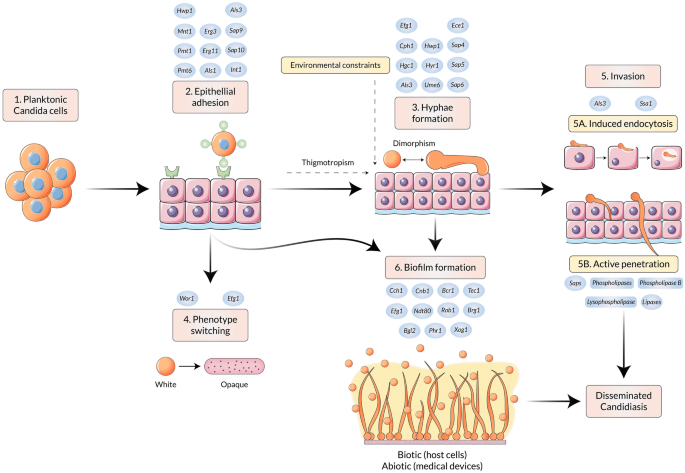
COVID-19-Associated Candidiasis: Possible Patho-Mechanism, Predisposing Factors, and Prevention Strategies | SpringerLink
From Attachment to Damage: Defined Genes of Candida albicans Mediate Adhesion, Invasion and Damage during Interaction with Oral Epithelial Cells | PLOS ONE

Candida albicans Morphogenesis Programs Control the Balance between Gut Commensalism and Invasive Infection - ScienceDirect

Signalling mucin Msb2 Regulates adaptation to thermal stress in Candida albicans - Saraswat - 2016 - Molecular Microbiology - Wiley Online Library

Virulence and biofilms as promising targets in developing antipathogenic drugs against candidiasis | Future Science OA
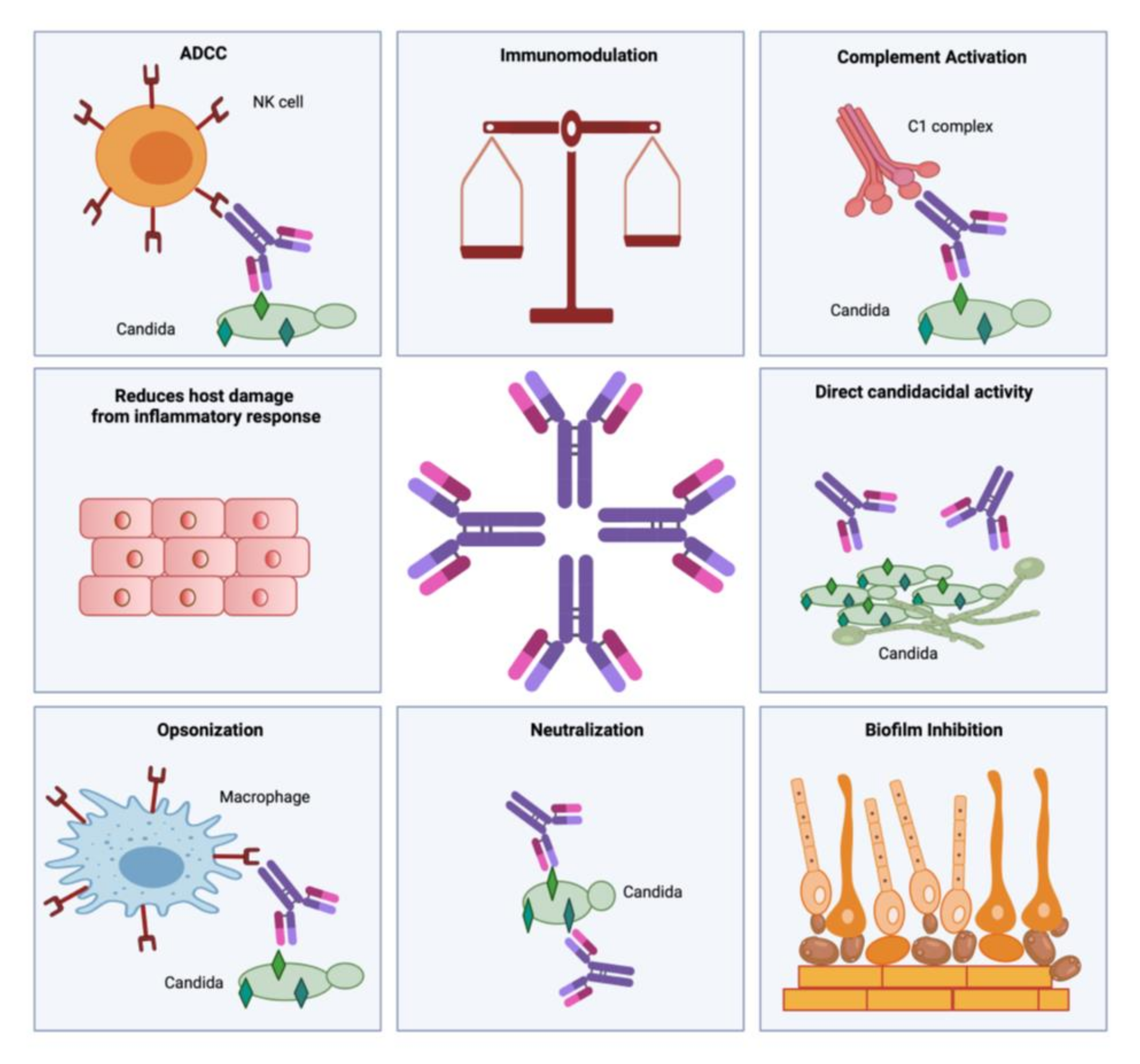
Vaccines | Free Full-Text | The Role of B-Cells and Antibodies against Candida Vaccine Antigens in Invasive Candidiasis

Cellular interactions of Candida albicans with human oral epithelial cells and enterocytes - Dalle - 2010 - Cellular Microbiology - Wiley Online Library

Proteolytic Cleavage of Covalently Linked Cell Wall Proteins by Candida albicans Sap9 and Sap10 | Eukaryotic Cell




